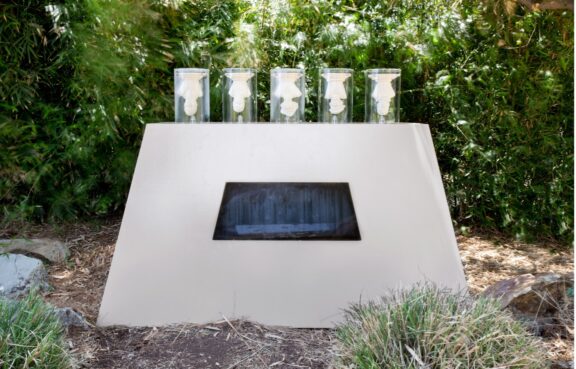Visual artist Candice Lin and cultural theorist C. Riley Snorton discuss the history of gynecology, Lin’s recent work, and other topics in a conversation occasioned by our recent special issue Sexology and Its Afterlives, edited by Joan Lubin and Jeanne Vaccaro.
Riley Snorton: On November 18, 1857, before an audience of the New York Academy of Medicine at the newly erected New York Historical Society Building on Second Avenue and Eleventh Street, James Marion Sims delivered a speech on the importance of silver sutures in surgery. In his address to fellow physicians, Sims focused primarily on the three and one-half years of experiments performed on chattel women named Anarcha, Betsey, and Lucy as well as three or four unnamed captives, which led to his career-making cure for vesicovaginal fistula (VVF). Sims described this genital malady by making reference to a verse from the book of Genesis: “In sorrow and suffering shalt thou bring forth children” (54). The full verse contains the complete judgment God meted out on the nameless woman who would later be called Eve, which, in addition to an intensification of pain associated with childbirth, included a description of a further imposition: “thy desire shall be to thy husband, and he shall rule over thee” (Genesis 3:16). While Adam would be rendered mortal according to the parable of the fall of man, Eve was, according to literal interpretation, conscripted to submission. Sims’s inclusion of this biblical citation provides a key for reading his medical corpus, and on one hand, signals how suffering and dominion transitively articulated the formation of gynecology. On the other, Sims’s archive and the narratives of the named and unnamed experimentees indicate a transversal link between the metaphysical and the material, given expression in and as “flesh.”
In the same speech, Sims would describe the experiments as part of a mission, which he imagined was “if not of a Divine character, at least…of Divine origin” to relieve “the loveliest of all God’s creation of one of the most loathsome maladies.” His repeated invocations of God did more than intimate how Sims was a man of faith; they constructed a grammar for methodological (medical and scientific) evaluation by way of a theo-political justification for mechanisms of pain and control. Far from replacing God with science, Sims’s professions evinced how the imbrication of race and species was given expression through the concept of value, and more precisely, its groundlessness, which as Lindon Barrett has argued, is “marked, however surreptitiously, by forms of violence” (35). The encoding of value, similar to the naming of god, occurred in this instance through the violation of captive flesh, wherein the cause and cure of VVF signified upon the condition of captivity. As Spillers notes, divided flesh not only constituted a grammar of value devoid of “any hint or suggestion of a dimension of ethics” but produced an onto-epistemological framework premised on the fungibility of captive bodies, wherein their flesh functioned as a disarticulation of human form from its anatomical features, their claims to humanity controverted in favor of the production and perpetuation of cultural institutions (68). Sims confessed as much in his speech before the New York Academy of Medicine when he told his colleagues that throughout the numerous failed surgical experiments, he found resolve “by feelings of national pride, as well as by a desire to advance our glorious profession” (52).
The international acclaim Sims received for his treatment of vesicovaginal fistula generates a number of questions about the transubstantiation of things as it relates to the life of flesh that resides in the series of instruments and procedures, including Sims’s speculum, catheter, and sutures, and also in terms of what vesicovaginal fistula and its cure reveal about the relationship between sex and ungendered flesh. (The supposition of “flesh in objects” is shaped by Sarah Haley’s paper “Materialized Scene(s): Paradox, Prison, and Protection” presented at The Flesh of the Matter: A Hortense Spillers Symposium on March 19, 2016.) A vesicovaginal fistula is a breach in the vaginal wall that opens into the urinary tract and produces continuous involuntary discharge of urine. As L. L. Wall explains, vesicovaginal fistulas “are the result of a massive crush injury to the soft tissues of the pelvis” (347). According to Durrenda Ojanuga, chattel persons were particularly at risk for VVF due to “poor nutrition, lack of prenatal care, and births at an early age” (29). (Deborah Kuhn McGregor also notes in her study of the professionalization of gynecology that the World Health Organization lists poor living conditions and malnutrition as chief causes for vesicovaginal fistula (112).) Yet the pelvis was also a critical site for producing racial hierarchies among nineteenth-century anatomists and sexologists, intent on finding bodily “proof” of Black inferiority. For example, sexologist Havelock Ellis, in his Studies of the Psychology of Sex, Volume Two, argued that the average size of Black women’s buttocks (seen as larger than white women’s) served a compensatory function for their smaller (read as inferior) average pelvic size. Attending to a genealogy of nineteenth-century thinkers that would influence Ellis’s work, Sander Gilman explains that the pelvis in racial science acted “in an intermediary role, as both a secondary and primary sexual sign” in theories of species differentiation (90). In addition, and as another indication of how physicians viewed cases of VVF among chattel persons as further evidence of their racial inferiority, occurrences of vesicovaginal fistula were frequently attributed to the ignorance of “midwives of their own color” (Baldwin, “Sketches and Reminiscences,” 9). Though Sims would recursively euphemize the condition as an “accident,” vesicovaginal fistula functioned as a sign of slavery, as signifier and signified in a chain of meaning to give expression to what Saidiya Hartman has described as the “erasure or disavowal of sexual violence [that] engendered Black femaleness as a condition of unredressed injury” (101).
Sims’s archive serves as a “materialized scene of female flesh ‘ungendered,’” which, as Spillers notes, “offers a praxis and a theory, a text for living and for dying, and a method for reading both through diverse mediations” (68). His more than three years of experiments on the named and unnamed chattel persons for the treatment of vesicovaginal fistula served as “proof” of Black females’ genital exceptionalism (as non-reproductive, inverted, unfeminine), as the procedures also produced an erasure of chattel slavery’s effect on Black female genitalia in the state of exception. The founding of the field of American gynecology thus raises a number of questions, including how race constructs biology and whether sex is possible without flesh.
Candice Lin: Leaning upon these descriptions of the construction of flesh from Black feminism, I want to think about how this language of the body and the flesh finds another articulation in eighteen-century European descriptions of porcelain. In 2016, I began researching the history of porcelain. It was, at first, a material solely produced by Chinese artisans that could not be imitated by Europeans for two centuries. I was interested in how, despite its Asian origin, porcelain was described in terms of longing and racialized superiority as being pure white, hard, and impregnable to being broken or stained by brown foreign liquids such as coffee or tea.
In response to this research, I created a public sculpture, A Hard White Body, as part of the first Current LA public biennial, which took place in various public parks in Los Angeles. I sculpted in porcelain the portrait busts of five conquistadors who died of bacterial causes. The conquistadors’ hollow porcelain bodies are set upside down to invert their authority and monumentalization and to catch and filter rain water, which is siphoned into the large glass container below where tea is fermented with bacteria, yeast, and sugar. You can observe the fermentation through the trapezoidal window. (See fig. 1a and 1b.)
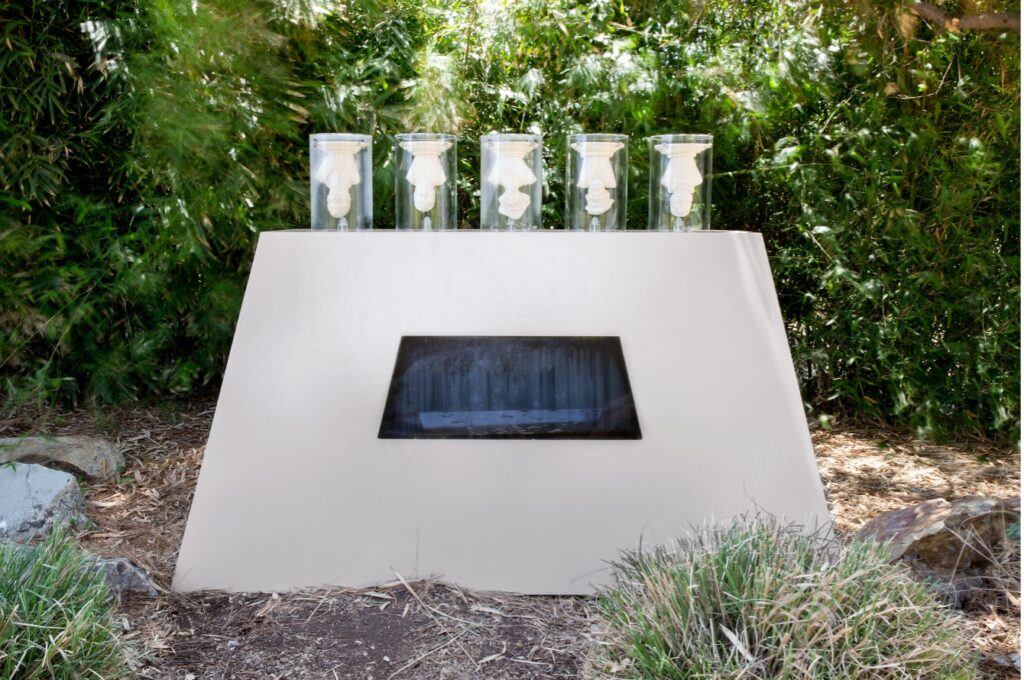
Figure 1a. A Hard White Body. Installation view at Westside Neighborhood Park in Los Angeles, 2016. Porcelain, wood, fermented tea, sugar and bacteria, acrylic glass. Photo: Panic Studio LA.
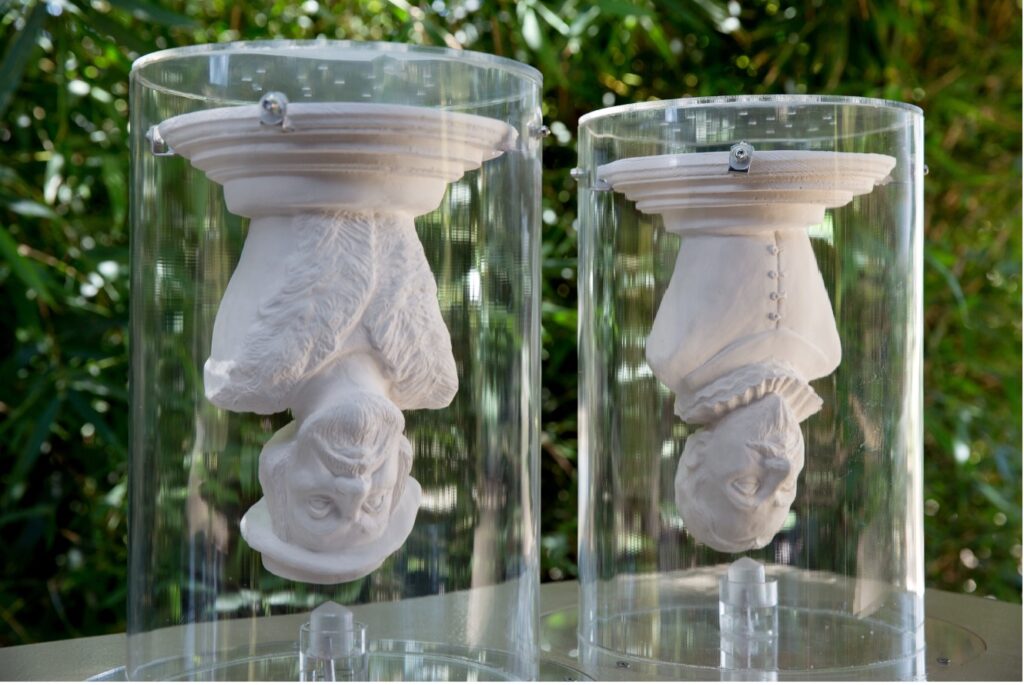
Figure 1b. Details from A Hard White Body. Installation view at Westside Neighborhood Park in Los Angeles, 2016. Porcelain, wood, fermented tea, sugar and bacteria, acrylic glass. Photo: Panic Studio LA.
The British were particularly literal in their interpretation of a Chinese recipe for porcelain which was metaphorically described as being made of both “bone” and “flesh.” The British incorporated ground bones in their experiments and came up with bone china, a type of stoneware. For an exhibition at Gasworks in London in 2016, I looked into the histories of global trade that circulated around porcelain and created an installation that circulated fluid. This expanded upon what I had done in the public sculpture for Current LA. I was struck by the importance of color—the white of porcelain and the red of cochineal produced by crushing millions of the insects’ bodies into a vivid paste. In this work, fermented tea and sugar are distilled into an alcoholic and pungent vinegar-smelling steam that drips through a system of tubing and vessels, creates heat in the process, and activates and steeps powdered cochineal in ceramic vessels that are mixed in a wooden basin the size of my outstretched body. The resulting mixture of fluids slowly drips out of the end of the tubing, creating a stain that accumulates in another space some distance away from the “system” that creates it. The work is titled System for a Stain. (See figs. 2a, 2b, and 2c.)

Figure 2a. System for a Stain. Installation view of A Materialist History of Contagion. Walter Phillips Gallery, Banff Art Centre, Alberta, Canada, 2019. Originally commissioned by Gasworks, London, 2016.
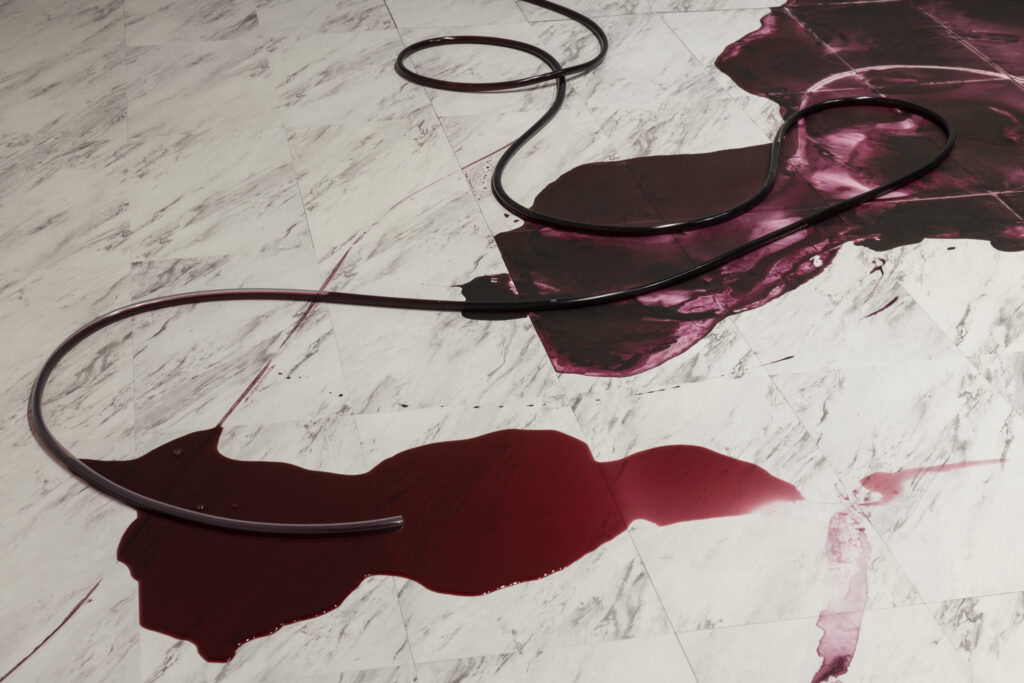
Figure 2b. System for a Stain. Installation view of A Materialist History of Contagion. Walter Phillips Gallery, Banff Art Centre, Alberta, Canada, 2019. Originally commissioned by Gasworks, London, 2016.

Figure 2c. System for a Stain. Installation view of A Materialist History of Contagion. Walter Phillips Gallery, Banff Art Centre, Alberta, Canada, 2019. Originally commissioned by Gasworks, London, 2016.
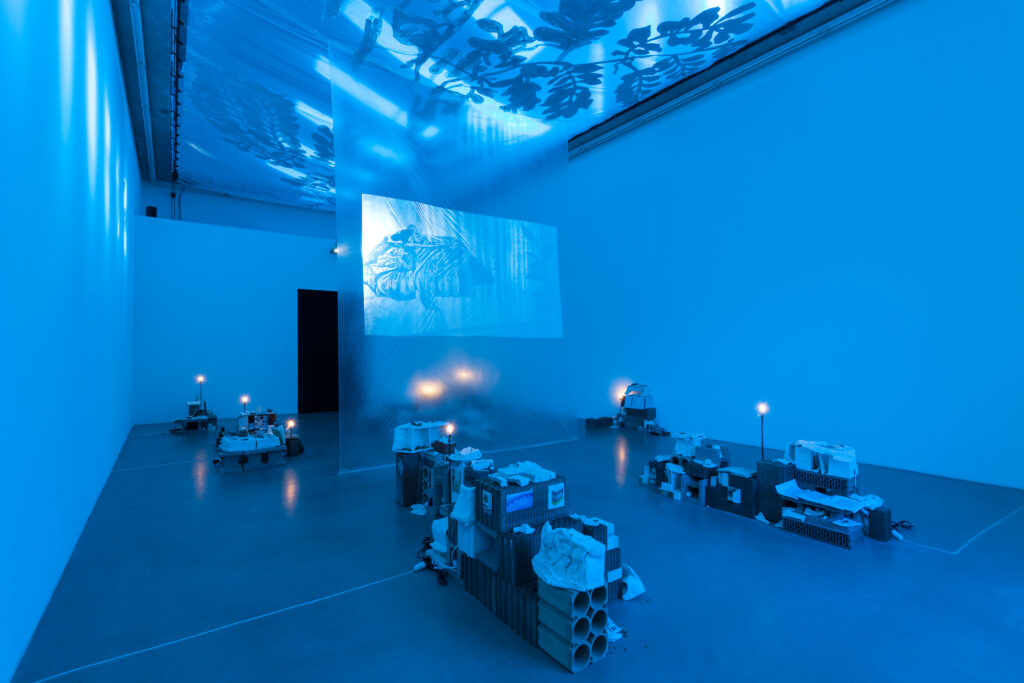
Figure 3a. Candice Lin, A Hard White Body, a Soft White Worm. Installation view, Portikus, Frankfurt, Germany, 2018. Courtesy of the Artist, Portikus, and François Ghebaly Gallery. Photo: Helena Schlichting.
In this research on porcelain, cochineal, and other colonial goods, I learned that porcelain was instrumental to the birth of the field of virology. In the nineteenth century, Louis Pasteur used porcelain to filter and study bacteria as it was one of the only materials dense enough to work as a filtration device for such small entities. In Frankfurt, in the exhibition A Hard White Body, a Soft White Worm, I used distilled piss from the people who worked in the institution to create an herbal tea using plants from an eighteenth-century recipe for a “detox tea” created by the French botanist Philibert Commerson. Visitors entering the space during the cold winter months that the exhibition took place were offered this warm and welcoming drink while being given a list of its ingredients. (See figs. 3a and 3b.)
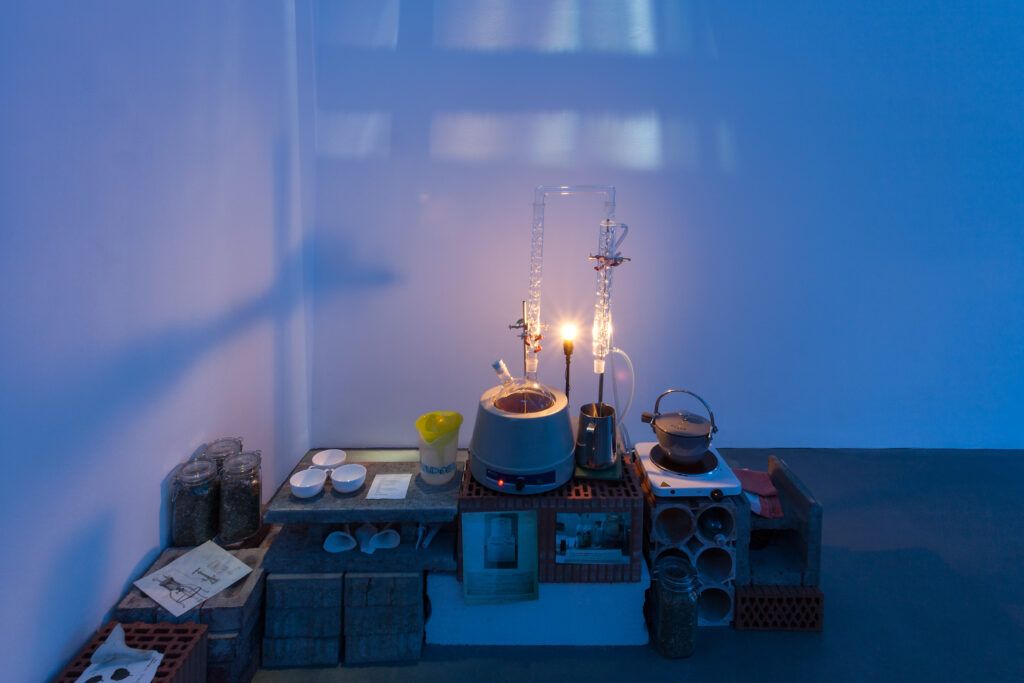
Figure 3b. Candice Lin, A Hard White Body, a Soft White Worm. Detail from installation, Portikus, Frankfurt, Germany, 2018. Courtesy of the Artist, Portikus, and François Ghebaly Gallery. Photo: Helena Schlichting.
The exhibition comprises a video projected on plastic sheeting and small sculptural islands of broken porcelain fragments from the previous iteration of the installation, as well as household building materials like bricks, books, research materials, drawings, and dried plant material. There were also smaller porcelain sculptures of pieces of clothing and a small model of a bed that doubled as an anatomical model of “flesh” when the pieces were opened up to reveal a cross-section of epidermis painted on its interior, playing on the eighteenth-century language around porcelain’s being made of bone and flesh.
The whole installation was populated by live silkworms that were warmed by the heated floor and heated wires that snaked through the fragments of porcelain that they wove their silk cocoons on, and their presence related to the history of one of three specific people the exhibition examined: a Frankfurt-born woman named Maria Sibylla Merian, who traveled to Dutch Suriname in the eighteenth century, studying caterpillars and plants and looking for a lucrative alternative to the silkworm. In her book that records notes and drawings of the insects and plants she found in Suriname, Merian describes a plant that was used by Indigenous and African slaves to abort their fetuses to prevent them from being born into enslavement. This information was edited out of later editions of her book published in Europe.
The silkworms’ presence also relates to porcelain’s historical use as a filter to study diseases and bacteria. One of the diseases studied by Louis Pasteur using the porcelain filter decimated the French sericulture industry and was thought to be spread by “foreign agents” until Pasteur traced its source back to its local origin.
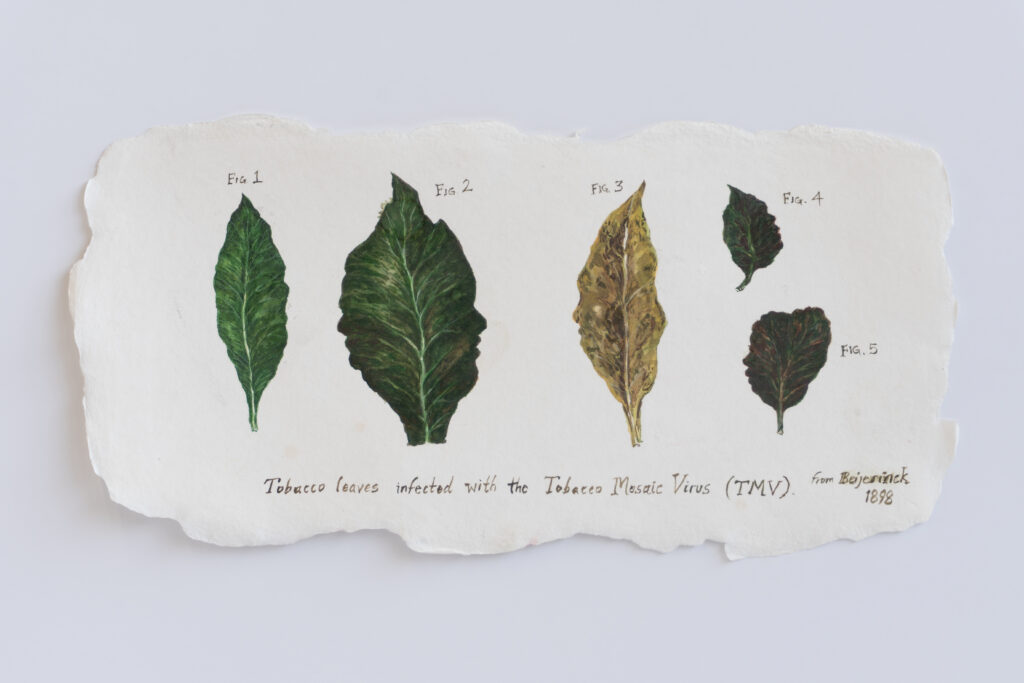
Figure 4. Candice Lin, Fragment from A Hard White Body (Tobacco Leaves), 2017-2018. Ink on paper, 6.25 x 13 inches (16 x 33 cm). Courtesy of the Artist and François Ghebaly Gallery. Photo: Robert Wedemeyer.
In the study of the silkworm disease, another disease, the tobacco mosaic virus, was studied. (See fig. 4.) It was also described in racialized terms as “going mulatto” (Cheng). When passed through a porcelain filter, the tobacco virus was not separable—and that led to the realization that something smaller than bacteria existed and gave rise to the field of virology.
CRS: The emergence of gynecology underscores how the field was developed according to a Manichean logic, what Maria Lugones refers to as the “dark” and “light side” of “the colonial/modern gender system,” which as a “cognitive production of modernity . . . understood race as gendered and gender as raced in particularly differential ways for Europeans/‘whites’ and colonized/‘non-white’ peoples” (19). Seale Harris narrates gynecology’s emergence in similar terms, suggesting that “in the field of women’s diseases physicians were blind men, working in the dark.” He continues:
Just how much in the dark they were is revealed by nineteenth century woodcuts portraying physicians examining their female patients. A picture of a lady on her medical adviser’s table shows the patient not only fully clothed . . . but with hat and gloves thrown in for good measure, while over her rear, from waist to feet, is draped a sheet, beneath which the unseeing physician extends his groping hands, struggling manfully to solve the mystery of her ailments. (xviii)
More than anecdotal, the above passage is exemplary of the instantiating rhetoric of gynecology in which the coupling of sex and gender occur as a racial arrangement. The reference to the double bind of blindness while “working in the dark” that characterizes the field at its genesis seems to figure the other side of Du Bois’s “double consciousness,” in which the visualizing rhetorics of race à la the veil transverse gender’s constitution (beneath the sheet). Here Harris’s description illustrates how white femininity was conferred in relation to an unwillingness to view white female genitalia, i.e., to look upon white women as flesh. On the other hand, the unrelenting scopic availability that defined Blackness within the visual economy of racial slavery becomes the necessary context for producing a field of sex/gender knowledge. From this vantage point, one could consider the various ways “gender” functions as an effect of plantation visuality wherein captive flesh expressed an ungendered position that defines race as the sine qua non of sex. In this arrangement, gender socially constructs sex and captive flesh becomes the material and metaphorical ground for unsettling a view of sex and gender as neatly divided according to each term’s relation to medico-scientific knowledge.
Elaine Scarry notes how the concepts of “body and voice (or in the language of the Christian scriptures, flesh and word)” emerge “as explanatory rubrics in early moments of creating, or when there is some problem in the relation between maker and made thing that carries us back to the original moment of making” (182). Supposing that the “problem” is an ethical one, the woodcut images of Sims’s inventions in “On the Treatment of Vesico-vaginal Fistula,” while not directly indicating chattel slavery as the necessary condition for vesicovaginal fistula’s cure, indicate how gynecology materialized a series of subject-object relations according to what Foucault described as “a type of power…that can only function thanks to the formation of a knowledge that is both its effect and also a condition of its exercise” (52).
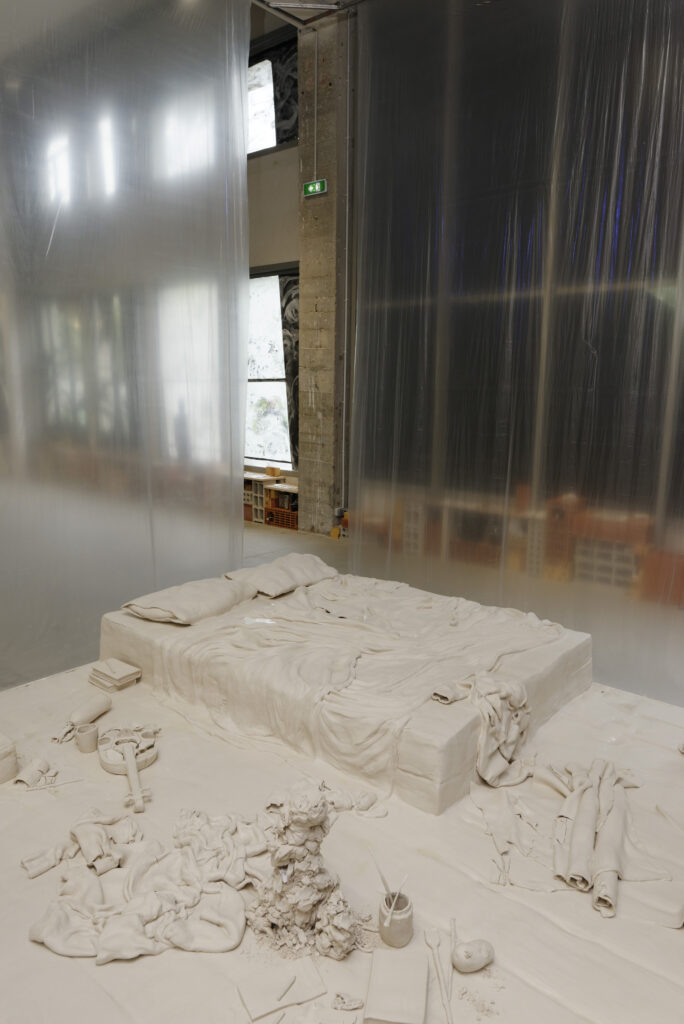
Figure 5. Candice Lin, A Hard White Body. Installation view, Bétonsalon, Paris, France, 2017. Courtesy of the Artist, Bétonsalon, and François Ghebaly Gallery. Photo: Aurélien Mole.
CL: Thinking about these historical gynecological images of sheets in relationship to bodies being revealed or concealed, folded in or put on display, I am thinking about the bedroom and the bed of rumpled sheets that I sculpted in 2017 in Paris at Bétonsalon, out of a thousand kilograms of porcelain. This is the earlier version of the installation I described as occurring previous to the exhibition at Portikus, with the blue light and silkworms. The fragments of porcelain that were present in the installation at Portikus in A Hard White Body, a Soft White Worm originated from this unfired porcelain installation at Bétonsalon. (See fig. 5.)
The Bétonsalon installation was based loosely on the description of the room in James Baldwin’s novel Giovanni’s Room–the room is described as a small, makeshift studio apartment constantly under construction located on the outskirts of Paris that two characters live out their queer love story in. I sculpted the sheets based loosely on this image of James Baldwin sleeping in Istanbul. (See fig. 6.)
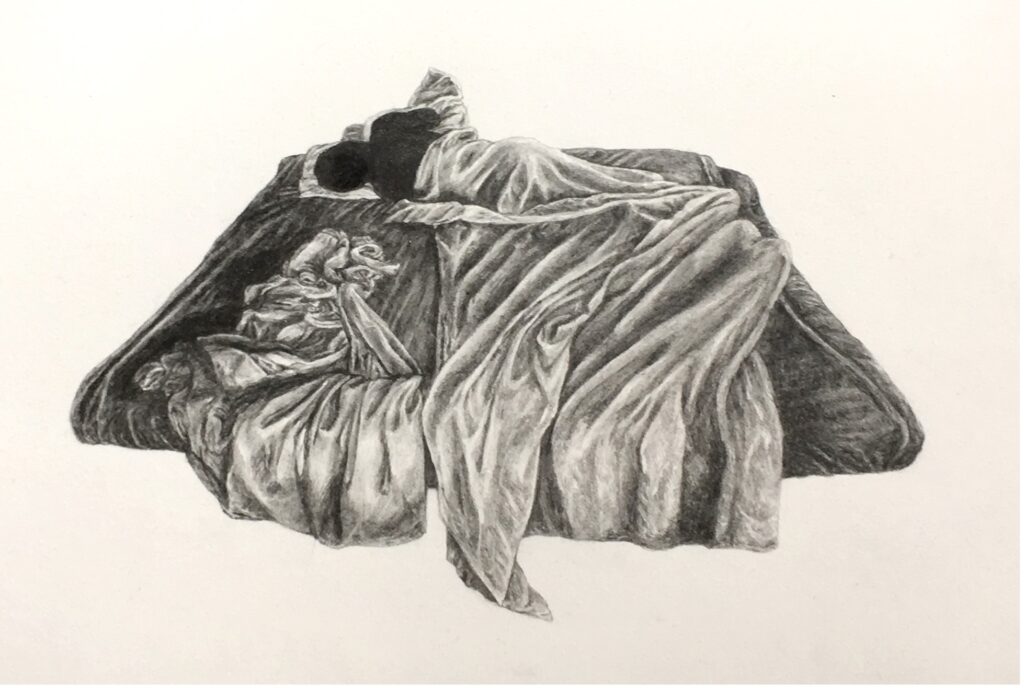
Figure 6. Candice Lin, James Baldwin Sleeping in Istanbul (based on a photo by Sedat Pakay), 2017. Graphite on paper.
Some of the objects in the porcelain room—a violin, paintbrushes, books—respond to descriptions in Baldwin’s novel, and the room is also based on the description of the cramped ship cabin that Jeanne Baret lived in. Baret (1740-1807) was a French peasant woman who is thought to have been the first woman to circumnavigate the globe. She did this as part of the colonial Bougainville expedition, disguised as the male valet to her lover, the official naturalist on board, Philibert Commerson. I was interested in how Baret’s gender becomes conflated with her class and race much in the same way that an inanimate material like porcelain or a nonhuman material like tobacco gets activated by the confusion of human racial language attributed to it. Philibert Commerson attributed Baret’s ability to pass as a man to her physical strength and her brown and roughened skin.
The first thing visitors saw when they entered the Bétonsalon gallery space was a found urinal mounted on the entry wall covered in tile and hooked up with DIY plumbing to a small distillation system that boiled the piss from visitors and the people who worked in the gallery. Inviting people to donate their piss created a different kind of intimacy and awareness of the body in the usual white cube of the gallery space. It was also a way to think about recuperation—a liquid that is usually considered waste being used for an act of caretaking by keeping the porcelain from drying out and cracking—which mirrored how I was thinking about active recuperation and reconstruction of marginal histories or stories that are not present in the archives.
In Paris, the urine that was distilled was steeped with the plants culled from notes that were most probably written by Jeanne Baret. They came from a notebook in the archives of Philibert Commerson at the Museum of Natural History in Paris—the notebook does not match his handwriting and may have been written by Jeanne Baret. The lists of plants in this notebook are organized by use, and the ones that I steeped in the distilled urine water used in the exhibition were for topical plants used for calming skin rashes.
After one week, the water was already pooling and dissolving parts of the sculpture, creating holes and fissures. After two months the sculpture began to grow mold, become stained, acquired a yellowish color, particularly in the sheets on the bed. Though the urine was distilled, it still had a pungent smell, so the experience was a very sensory one and the sculpture even grew strange coral-like mold and an orange fungus. At the close of the four-month exhibition in Paris, the porcelain room was cut up and fired in several kilns, burning off any living organisms and breaking the fragments further in the process. This domestic scene was recomposed in broken and incomplete parts at Portikus, amidst other building materials, research notes, and drawings. (See fig. 7.)
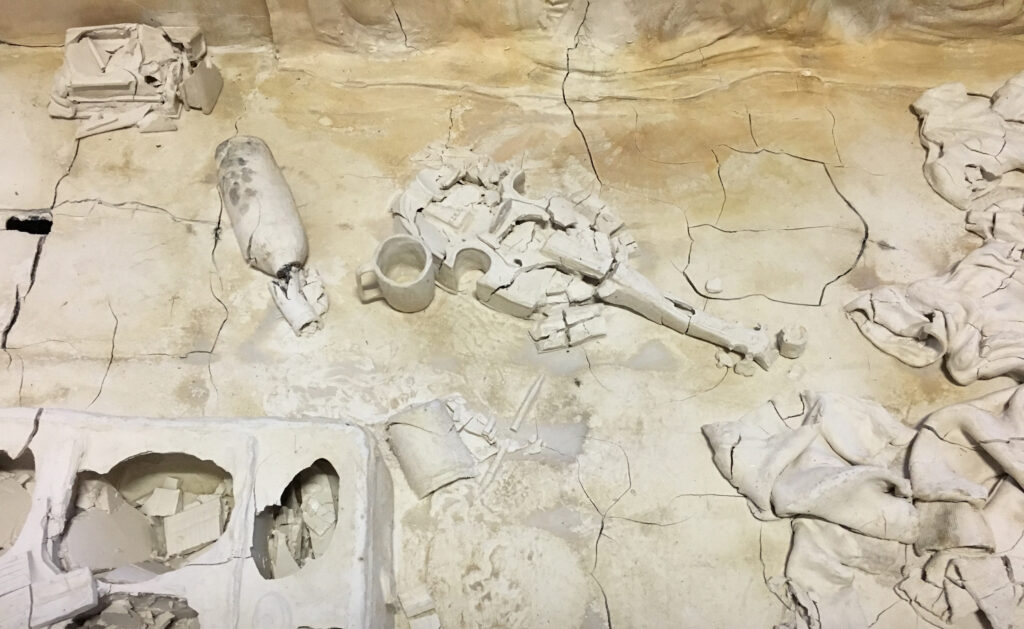
Figure 7. Candice Lin, A Hard White Body. Detail from installation view, Bétonsalon, Paris, France, 2017. Courtesy of the Artist, Bétonsalon, and François Ghebaly Gallery. Photo: Aurélien Mole.
CRS: As a thing that produces relations, flesh transorients sex and gender, which Robert Thom’s artistic rendering of Sims’s first examination (fig. 9) expresses in terms of time. Produced between 1948 and 1965 and commissioned by the pharmaceutical group Parke, Davis & Company, Robert Thom’s eighty-five oil paintings depicted a range of medical phenomena, loosely organized as forty centuries of medical advancement and pharmaceutical invention (Metzl and Howell, 517). Beginning in 1951, Parke-Davis distributed reproductions of the paintings throughout Canada and the United States as boxed sets. The images were eventually collected into two volumes—Great Moments in Medicine (1961) and Great Moments in Pharmacy (1966)—with additional description provided by Parke-Davis pharmacist and self-trained historian George Bender. Prior to their collection in book form and as a mode of soft advertisement for the pharmaceutical company, each image also circulated as subsidized monthly inserts in the magazine Modern Pharmacy: A Practical Journal for the Retail Druggist (Metzl and Howell, 502). Jonathan Metzl and Joel Howell note the immense popularity of the series, which “soon adorned the walls of countless waiting rooms, pharmacies, and private homes . . . [were] widely reproduced in calendars, popular magazines, and educational brochures, [and] became the subject of a full-length promotional movie” (517). Thom’s J. Marion Sims: Gynecologic Surgeon was, according to Metzl and Howell, the “most controversial image in the Great Moments series;” the aesthetic rendering of plantation medicine unable to allay concerns about the unethical grammar of suffering that structures this scene of “medical advancement” (517).
 Figure 8. Robert Thom, J. Marion Sims: Gynecologic Surgeon, circa 1952. From the series “A History of Medicine in Pictures,” 1961. Oil on canvas. 4 ft. 8 13/16 in. x 46 in. (144.15 x 116.84 cm).
Figure 8. Robert Thom, J. Marion Sims: Gynecologic Surgeon, circa 1952. From the series “A History of Medicine in Pictures,” 1961. Oil on canvas. 4 ft. 8 13/16 in. x 46 in. (144.15 x 116.84 cm).
On the far right, Sims is pictured in an overcoat with arms crossed and, according to Harriet Washington, holding in one hand “a metroscope (the forerunner of the speculum)” (2). Sims’s likeness was made from the various portraits taken during his life. His formality of dress and posture distinguishes him from the other white men in the scene, who, in shirtsleeves, waistcoats, and bowties, are meant to represent his assistants (whether students or fellow physicians); their rolled-up sleeves and posture mark the scene as anticipatory of a later moment, in which they will be enlisted to restrain the figure seated in a kneeling position. All eyes are directed at Sims, including those of the two Black women peering from behind a large white sheet. In contrast to the individuated figures imaged in front of the sheet, the two are posed in close proximity to one another, with one figure’s hand placed upon the other’s shoulder. While some critics have read their expressions as “childlike,” one could also perceive their expression as a consequence of their partial embrace, a mirror of the self-soothing pose of the figure on the table, described in the painting’s caption as “the slave girl Lucy.” (See e.g., Petra Kuppers or Harriet Washington.) In her reading of the image, Washington identifies the kneeling figure as Betsey, noting how she is depicted “as a fully clothed, calm slave who kneels complacently on a small table” in an “innocuous tableau [that] could hardly differ more from the gruesome reality” (2). Though Washington does not explain why she calls the kneeling figure “Betsey” rather than “Lucy,” her analysis calls attention to the interchangeability of Lucy and Betsey in Sims’s autobiography and the logics of fungibility that situate Sims’s experimentees within his archive. As another dimension of how fungibility animates the scene of gynecology’s founding, Thom cast his housekeeper Barbara White to represent Lucy/Betsey, an artistic decision that re/produces black women as fungible flesh more than a century after Sims’s initial experiments. (As Metzl and Howell note, “Thom [frequently] dressed 1950s persons into what he believed to be appropriate costumes, posed them in desired positions, and then painted them—often with a change in skin color—directly into history . . . Often, characters in Thom’s life reappeared in ways ranging from quirky to troubling, suggesting the loose ways in which models were matched with the national origins and ethnicities of the historical figure” (511).)
As McGregor suggests, “the background of a draped white curtain and a table covered by a white sheet” present a sanitized scene for the ensuing examination (43). Other objects, including the smaller table, additional cloth, and bowl, reinforce the decorum of medical professionalism and scientific exploration. The large lamp is nearest the center of the image, a visual metaphor for enlightenment. The abundance of white sheets in Thom’s painting recalls again Harris’s description of the nineteenth-century woodcut of the white female patient, fully clothed and covered in an additional sheet, and which, for Harris, illustrated a paucity of information among physicians about women’s bodies and health. As a visual trope of unrepresentability, the sheets in Thom’s painting mark a shift from masking the patient (and the unrepresentability of the white female form as flesh) to obscuring the environment, concealing how the “examination room” gave way to more than a dozen chattel persons—some of whom Sims personally enslaved. Put succinctly, the sheets distinguish the medical setting from its double, a site of slavery. The ornate dress worn by one of the figures partially obscured by the sheet, as well as what McGregor notes as the lack of “wear and tear” on their bare feet, buttress the scene’s romantic depiction of Sims as an emblem of scientific neutrality.
CL: I’m so fascinated by how these gynecological tools give physical shape to an invisible interior of a concealed subject. The tools take on the shape of their bodily material while also communicating the violence implicit in their intended mastery and manipulation of the body. Strangely, this reminds me of an earlier installation I made in 2013 which looked at the theory of co-evolution put forward by the scientist Lynn Margulis in the 1960s. Here I created a fake wall covered in wallpaper created from a drawing I had made, interpreting one moment in her theory where one cell forms a new multicellular organism by partially digesting another cell and being unable to completely subsume the other, and therefore becoming stuck together in what Margulis called “the long-lasting intimacy of strangers” (a phrase I used for the title of the exhibition). In this state of partial consumption and inability to destroy the other, the cellular forms gradually co-evolve into new bacterial forms. My installation was about this concept in relationship to racial representations within art history, literature, and science fiction films.
The central sculpture you see when you walk through the hole cut in the wall is a human-sized insect laying on a bed of sheets, which references Kafka’s story The Metamorphosis and raises questions of who is considered kin and who is considered verminous and repulsive (see figs. 9a, 9b, and 9c). The sculpture is also a reference to Margulis’s theory and an example of co-evolution in the insect world where the Coridromius insect—a relative of the bedbug—is often used to illustrate the co-evolution of this insect’s body over centuries of sexual violence. Over time, the female insect has developed non-reproductive vaginal sheathes that lead to void space and allow her to still maintain some agency and survival within a climate of violence and rape. This play between the negative and positive space of the insect’s body was echoed by the architecture of the exhibition, with the positive remnant of the wall located in a second gallery space in the back after you had crawled through and gone through the whole exhibition. In 2015, still thinking of these insects, I created two weapons, these spear-like sculptures based on the unseen phallus that shaped these non-reproductive vaginal sheathes on the bug’s body (see fig. 10).
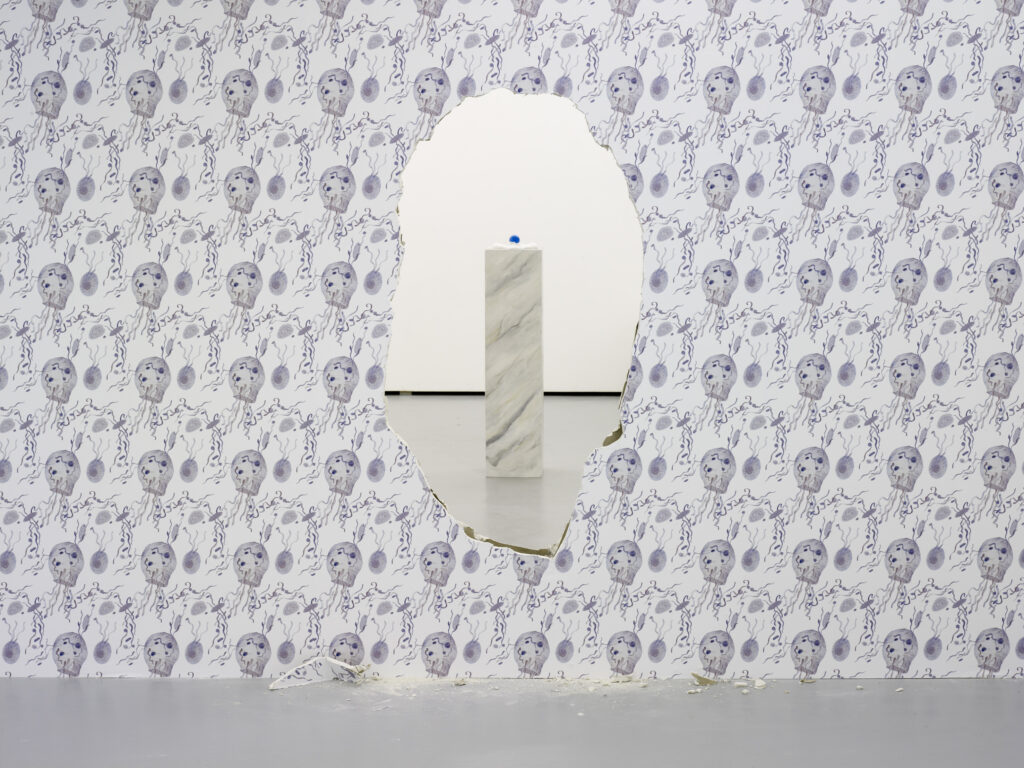
Figure 9a. Candice Lin, The Long-lasting intimacy of strangers. Installation view, Quadrado Azul, Porto, Portugal, 2013. Courtesy of the Artist, Quadrado Azul, and François Ghebaly Gallery.
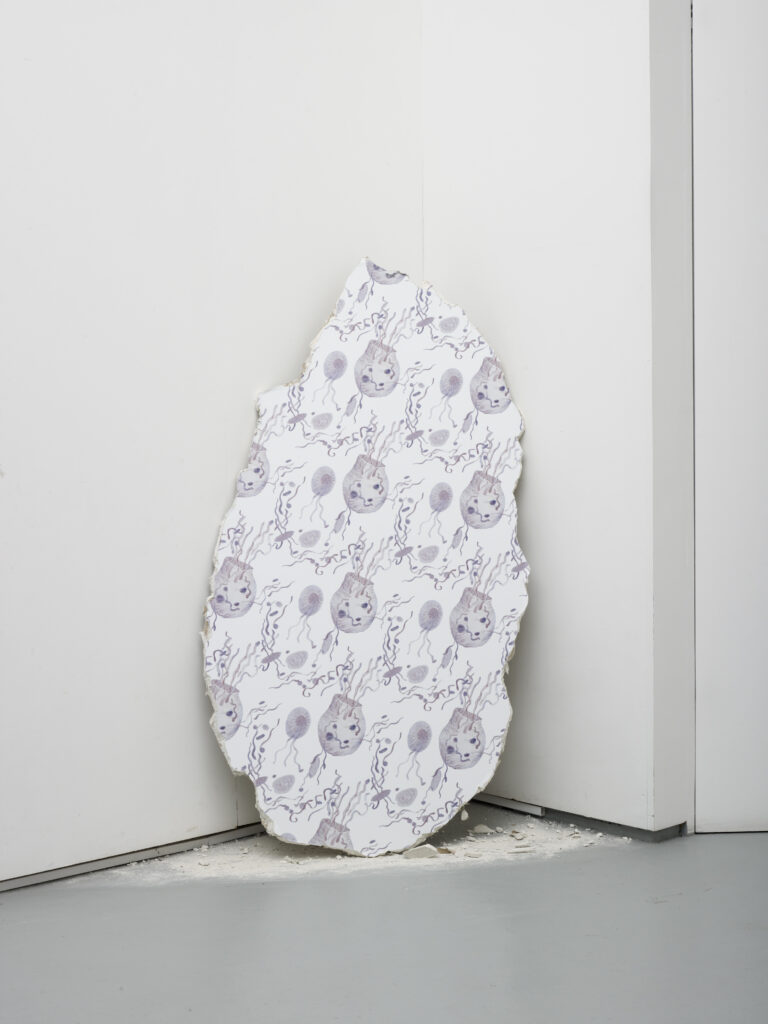
Figure 9b. Candice Lin, The Long-lasting intimacy of strangers. Installation view, Quadrado Azul, Porto, Portugal, 2013. Courtesy of the Artist, Quadrado Azul, and François Ghebaly Gallery.
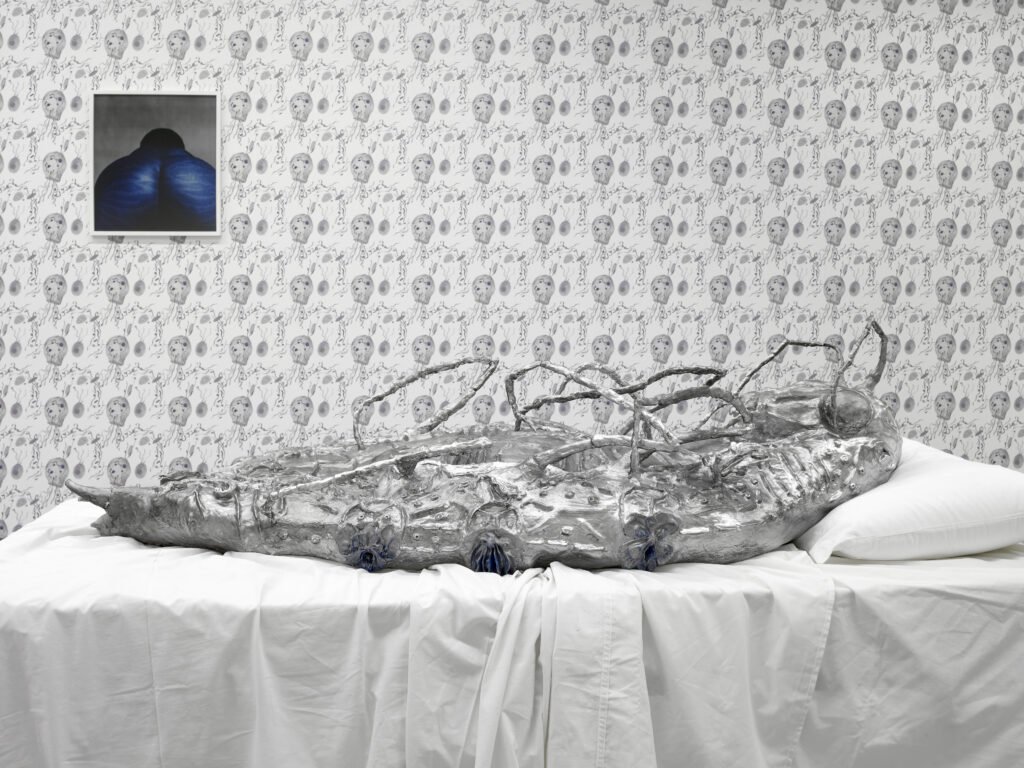
Figure 9c. Candice Lin, The Long-lasting intimacy of strangers. Installation view, Quadrado Azul, Porto, Portugal, 2013. Courtesy of the Artist, Quadrado Azul, and François Ghebaly Gallery.
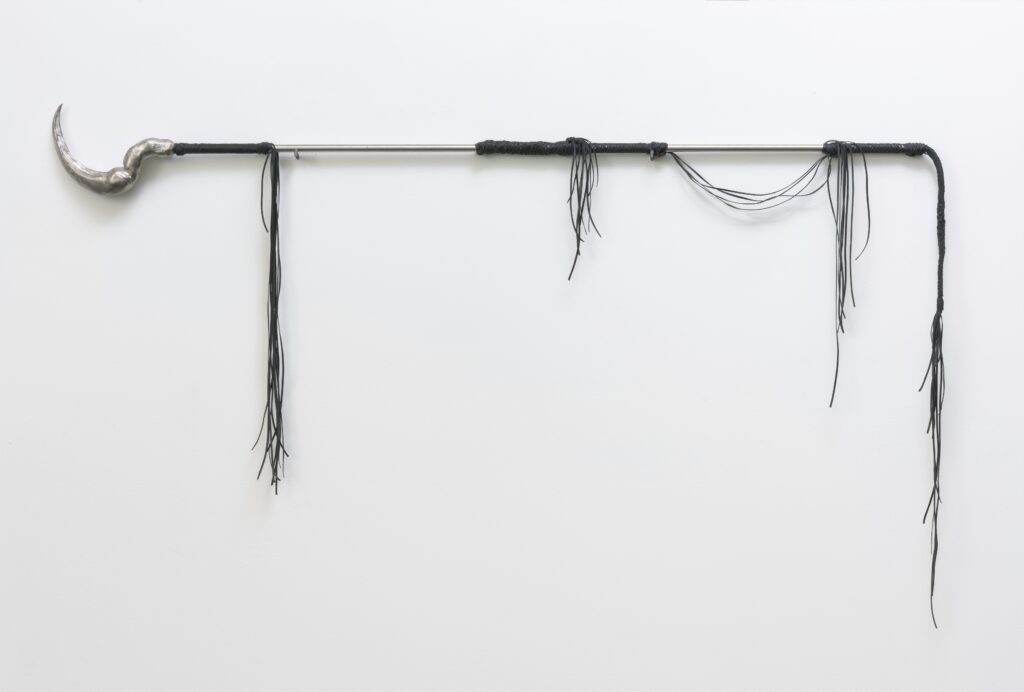 Figure 10. Candice Lin, Coevolution by Traumatic Insemination: Bedbug, 2015. Stainless steel, kangaroo lace leather. 58.5 x 36 x 1.75 inches (148.6 x 91.4 x 4.4 cm). Courtesy of the artist and François Ghebaly Gallery. Photo: Robert Wedemeyer.
Figure 10. Candice Lin, Coevolution by Traumatic Insemination: Bedbug, 2015. Stainless steel, kangaroo lace leather. 58.5 x 36 x 1.75 inches (148.6 x 91.4 x 4.4 cm). Courtesy of the artist and François Ghebaly Gallery. Photo: Robert Wedemeyer.
CRS: While all eyes are presumably on Sims, he seems to be looking at the clock across the room, a gesture that indicates the significance of temporality to the image and the Great Moments series. As the caption explains, the scene depicts Sims in a moment of preparation, the figures therein pictured in expectant repose. In a sense, one could read the image as a portrayal of anticipatory time, cohering within the grammatical tense of the future perfect to express Sims’s wish fulfilled. Freud’s final sentence of The Interpretation of Dreams is instructive here: “By representing to us a wish as fulfilled the dream certainly leads us into the future; but this future, taken by the dreamer as present, has been formed into the likeness of that past by the indestructible wish.” Thom’s depiction of Sims’s wish is also an expression of the dream of American gynecology, its founding in the commingling of past and future that confirms its existence in the present. As Hans-Dieter Gondek explains, the dream-cum-wish is “indestructible because, as a simulacrum of the past, as its double, its repetition, it projects itself into the future and brings the future image into the staging of the dream by presenting it and making it present….The wish is indestructible because it is repetition; but the fact that it is repetition is brought to the fore only in deferment” (226). As repetition marks the temporality of the wish fulfilled, the image visually rejoins (or perhaps anticipates) Judith Butler’s theory of gender in Gender Trouble: Feminism and the Subversion of Identity. Butler writes:
In a sense, all signification takes place within the orbit of the compulsion to repeat. . . . The injunction to be a given gender produces necessary failures, a variety of incoherent configurations that in their multiplicity exceed and defy the injunction by which they are generated. . . . The coexistence or convergence of such discursive injunctions produces the possibility of a complex reconfiguration and redeployment; it is not a transcendental subject who enables action in the midst of such a convergence. There is no self that is prior to the convergence or who maintains “integrity” prior to its entrance into this conflicted cultural field. There is only a taking up of the tools where they lie, where the very “taking up” is enabled by the tools lying there. (184-185)
Butler’s explanation of gender as a discursive convergence precipitated by and constitutive of “the tools lying there” rejoins and reanimates the Biblical distinction between word and flesh. As described in the book of John: “in the beginning was the word, and the word was with God, and the word was God” and “the word became flesh and made His dwelling among us” such that “He who comes after me has surpassed me, because He was before me” (John I:1; I:1-14). Matters of flesh and word—of signification and ontology—are tied in scripture and theory through a complex temporality that presents origin by way of existence, which is another way of describing repetition by way of its deferment. In Butler’s critique of the dominant interpretation of gender, as an “act of cultural inscription” that moves alongside and away from sex as the “material or corporeal ground upon which gender operates,” she writes more explicitly about flesh, arguing: “gender is not written on the body as the torturing instrument of writing in Kafka’s ‘In the Penal Colony’ inscribes itself unintelligibly on the flesh of the accused. The question is not: what meaning does that inscription carry within it, but what cultural apparatus arranges this meeting between instrument and body” (184-185). The narratives of American gynecology’s founding clarify how chattel slavery functioned as one cultural apparatus that brought sex and gender into arrangement; the instrument in such an encounter occurred in and as flesh. Thom’s mid-twentieth century painting of Sims rendered the dynamics of flesh through a collapsed temporality of anticipatory time, highlighting how the history of American gynecology, which is also the transitive history of chattel slavery and medicine, was not firmly locatable in the past or, more properly, in linear time.


